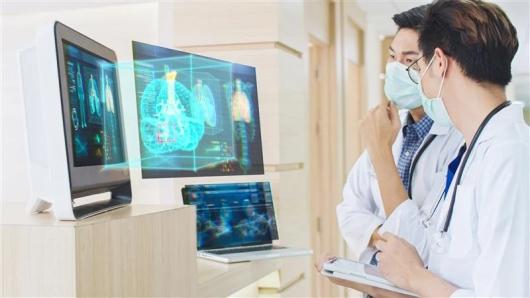Guidelines for Laboratory Design: Health and Safety Considerations

- Advanced

Evaluate laboratory design options related to health, safety, and environmental considerations using risk assessment and cost-effectiveness parameters
Understand the primary principles of safety, health, and environmental responsibilities and impact of these considerations on planning and sustainable design of laboratory facilities
Apply laboratory design information regarding heat loads from research equipment, ventilation requirements, optimum air flows, and contamination control through air pressure regulation
Identify recent developments in the design of HVAC systems for laboratories, including variable air volume (VAV) systems, high performance hoods, air exchange rates, ductless hoods, recirculation of air, and the application of energy conservation measures
Complete structures that are safe and free of health hazards by consulting with architects, contractors, owners, and users during program scope definition, design, and construction
Identify design features that provide solutions for the unique health and safety hazards associated with laboratories used for different functions
The design and construction of a laboratory, regardless of its use, involves many stakeholders. While providing a safe environment for laboratory users to perform their work is imperative, competing stakeholders’ needs often cause health and safety considerations to be overlooked.
Participating in Guidelines for Laboratory Design: Health and Safety Considerations will help you address this issue by providing you with an understanding of how lab design options impact the health and safety of laboratory users and the environment. With this knowledge, you will be able to incorporate the needs of all stakeholders and ensure your labs are safe, free of health hazards, and promote a healthier environment.
Participants in this program will explore and address health and safety considerations for diverse laboratory types and gain the skills they need to create a safe laboratory environment. This program covers general laboratory design challenges, as well as issues specific to chemistry, microelectronics clean room, engineering, animal, biosafety, clinical, and sustainable laboratories. Participants also address issues with new laboratory construction, renovation, and decommissioning. Implications of COVID-19 on laboratory design will also be discussed.
This course provides a unique opportunity for architects, EHS professionals, engineers, lab users, and lab managers to collaborate on laboratory design.
The online version of this program will feature three laboratories. You will participate in a virtual tour of Harvard’s newly completed Science and Engineering Complex and hear directly from the building’s designers and EHS professionals. You will also learn about Boston Children’s Hospital’s Clinical Laboratory and the MIT.nano building.
For most architects, engineers, and constructors, building codes are the only significant guide on matters of health and safety. Few have any background for intentionally designing for health and safety in laboratories and other technical facilities.
When practitioners move beyond basic building codes to frameworks such as Sustainable Design, health and safety may be compromised further as another design consideration takes priority. By designing to code and not directly addressing the specific health and safety issues present in laboratories, architects, engineers, and constructors open themselves to potential professional, reputation, and legal liabilities.
This program will provide you with the requisite knowledge to thoroughly and proactively design for health and safety.